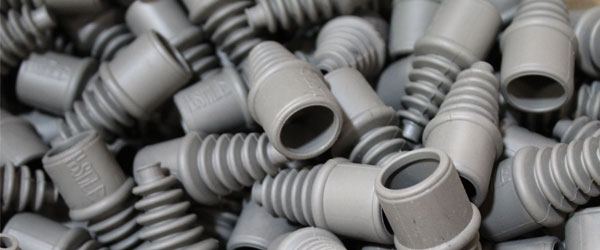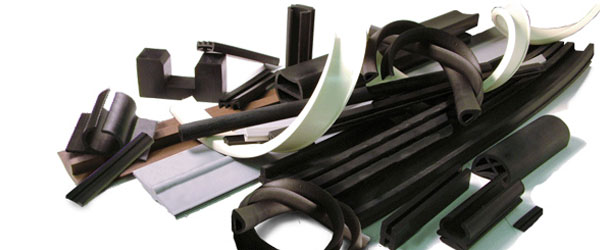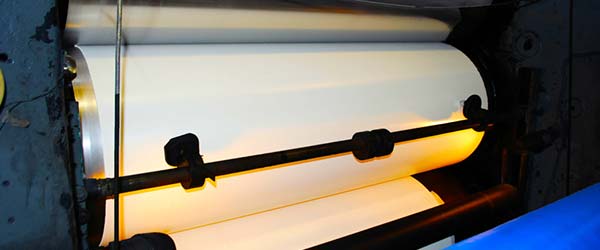A Banbury mixer is a type of internal mixer used in the rubber industry for mixing and kneading rubber compounds. It was invented by Fernley H. Banbury in 1916.
The Banbury mixer consists of two large rollers that rotate in opposite directions and a chamber between them where the rubber material is mixed. The rubber material is fed into the chamber through a hopper, and then the rollers begin to mix and knead the material, which breaks down any large rubber chunks and distributes the ingredients evenly throughout the mixture.
The mixer can be controlled to vary the mixing speed and temperature to achieve the desired consistency and properties of the rubber compound. Once the mixing process is complete, the material is extruded out of the machine and can be further processed to make various rubber products.
Mixing rubber with various compounding ingredients involves:
(i) feeding the ingredients to the mixer in the correct amounts, at the correct times and at the correct temperatures;
(ii) the actual mixing of the ingredients; and
(iii) the discharge of the mixed compound from the mixer, and its shaping, cooling and packaging for the next process.
Mixing is usually done in an internal mixer, although in some situations some of the mixing may be done in a twin-roll mill, or possibly even an extruder.
 (909) 987-1774
(909) 987-1774 Email Us
Email Us







